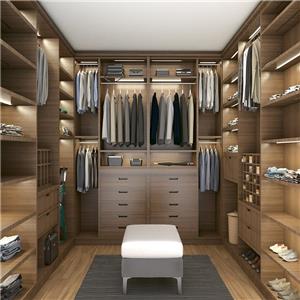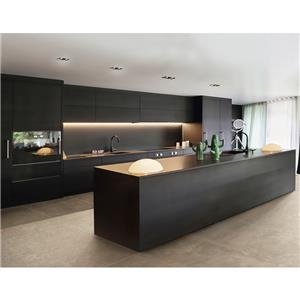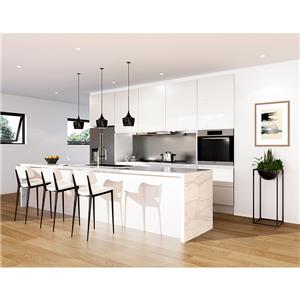Exploring Modern Interior Trends: Incorporating Cerused Cabinets in Contemporary Homes
Exploring Modern Interior Trends: Incorporating Cerused Cabinets in Contemporary Homes
Introduction:
In the realm of interior design, trends come and go, but some concepts endure and evolve into timeless styles. One such trend is the resurgence of cerused cabinets, a design technique that infuses character, texture, and depth into modern interiors. Cerusing, a centuries-old practice, involves filling the pores of wood with pigmented wax to create a stunning contrast between the wood grain and the wax color. As contemporary design continues to embrace the marriage of tradition and innovation, cerused cabinets have found their place in modern homes. In this article, we delve into the world of cerused cabinets and explore how they seamlessly integrate into today's contemporary living spaces.
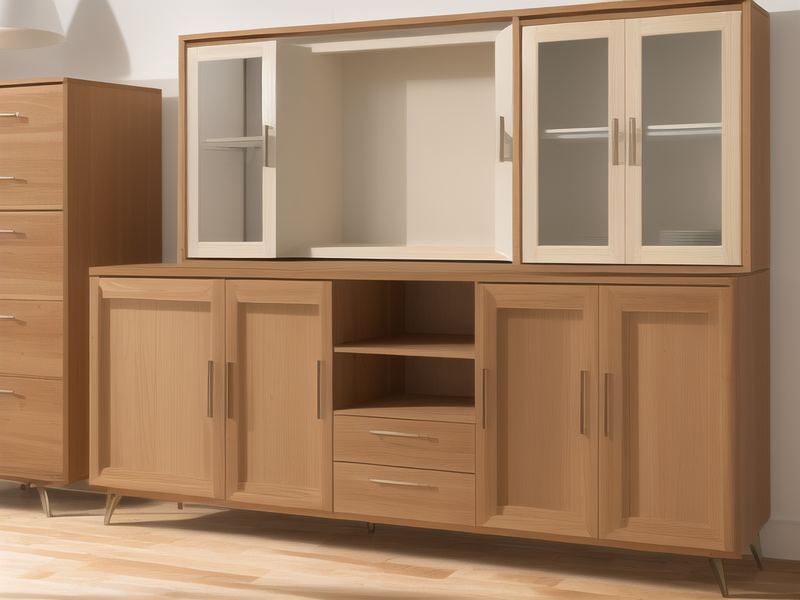
1. A Fusion of Past and Present:
Cerused cabinets epitomize the fusion of past and present design sensibilities. Rooted in history, this technique takes on new life in contemporary homes. The contrast between the wood's natural grain and the pigmented wax introduces depth and character that resonate with both traditional and modern aesthetics.
2. Texture as a Design Element:
Modern interiors often prioritize textures that stimulate the senses. Cerused cabinets contribute to this tactile experience by adding a unique texture that draws the eye and invites touch. The subtle grooves created by the cerusing process enrich the visual and tactile dimensions of the space.
3. Neutral Palette Versatility:
Cerused cabinets are celebrated for their neutral palette. This versatility allows them to harmonize with a variety of color schemes and design elements. Whether your interior features bold accents or muted tones, cerused cabinets provide a grounding presence that complements your vision.

4. Contrast and Visual Interest:
Incorporating cerused cabinets introduces an element of contrast and visual interest into modern spaces. The interplay of light and dark, smooth and textured surfaces, captivates the eye and contributes to the overall ambiance of the room.
5. Integration with Modern Materials:
Cerused cabinets seamlessly integrate with modern materials and finishes. From stainless steel appliances to sleek quartz countertops, cerused cabinets serve as a bridge between classic techniques and contemporary design elements.
6. Subtle Elegance in Minimalism:
For those drawn to minimalist aesthetics, cerused cabinets provide an opportunity to introduce subtle elegance. The understated beauty of cerused wood adds depth to clean lines and simple forms, creating a balance between minimalism and richness.
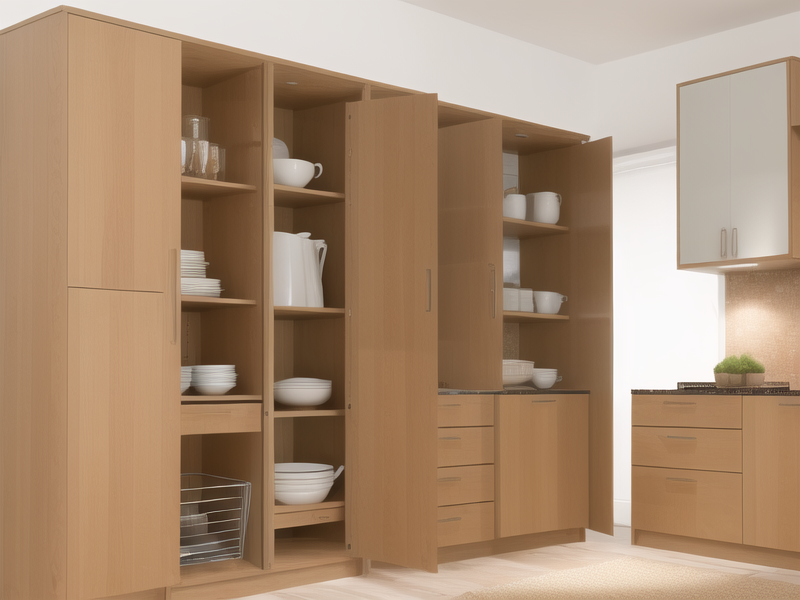
7. Unconventional Color Play:
While the traditional cerusing technique involves neutral tones, modern interpretations often include unconventional color play. Soft grays, muted blues, or even subtle greens can infuse the cabinets with a contemporary twist that resonates with the homeowner's unique style.
8. Balancing Light and Dark:
Cerused cabinets masterfully navigate the balance between light and dark elements in a room. This equilibrium creates a harmonious backdrop that allows other design elements, such as furnishings and decor, to shine.
9. Harmony with Nature:
Cerused wood has an innate connection to the natural world. Its tactile quality and earthy undertones create a sense of harmony with nature, making it an excellent choice for contemporary homes that seek a seamless blend between indoor and outdoor spaces.
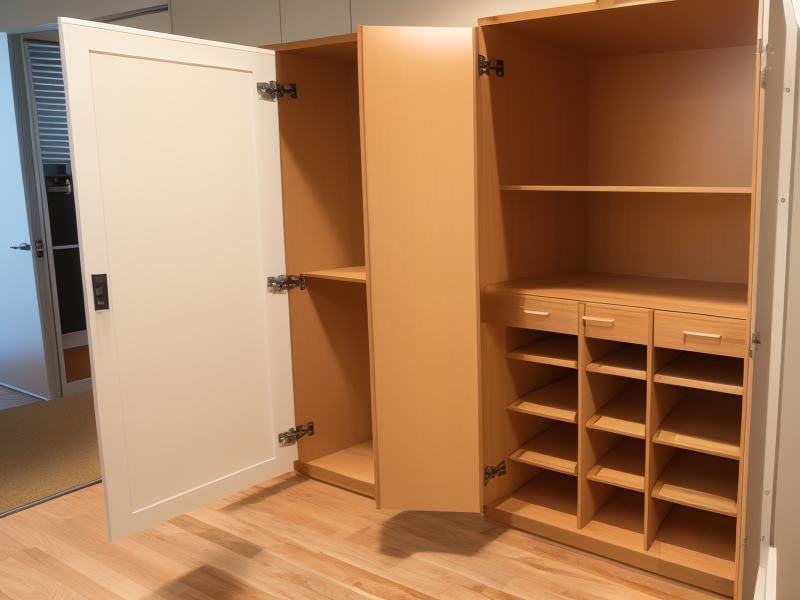
Conclusion:
Incorporating cerused cabinets into contemporary homes represents a thoughtful marriage of time-honored techniques and modern design aspirations. These cabinets offer a tactile experience, textural intrigue, and versatile neutrality that align with today's interior trends. The resurgence of cerusing invites us to embrace the beauty of tradition while embarking on an exciting journey of innovation. As we weave these cabinets into the fabric of modern living spaces, we not only elevate the aesthetics of our homes but also pay homage to the enduring craftsmanship that transcends generations.
FAQ:
Q: What are cerused cabinets?
A: highlighted by applying a contrasting color into the grain's pores. After the color is applied, excess is wiped away, leaving the grain lines filled with color while the rest of the wood surface retains its natural tone. This technique adds texture and depth to cabinets.
Q: What are high quality cabinets made from?
A: High-quality cabinets are typically made from solid wood, like hardwoods such as oak, maple, cherry, or walnut. Premium cabinets may also incorporate plywood or hardwood veneer for stability. Quality hinges and hardware, precise joinery, and durable finishes are essential components of well-constructed cabinets.


